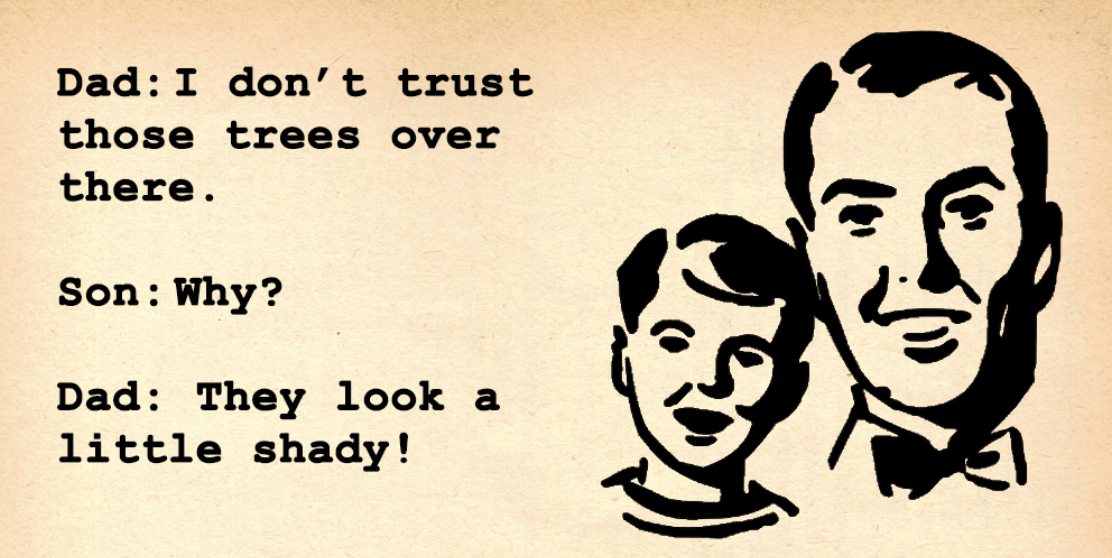Mailbag #107
/Regarding: The Logbook of Notable Events trick
I love the idea. Im curious on one thing that i guess spreads to other tricks of this type when you wait for it to start:
How do you keep such a long clear story in mind for when the moment arises? I mean, it cant be fully scripted im guessing, but you must have some "go to" things you keep in mind when the moment arises and you decide to go into the trick. Or strategies... for just making most of it up in the moment.—JFC
It’s like the advice Tim Roth gets at the beginning of this scene from Reservoir Dogs.
Look, man, just think about it like it’s a joke, alright? You memorize what’s important, the rest you make your own, alright? You can tell a joke, can’t you? Pretend you’re Don Rickles or some-fucking-body and tell a joke, alright?
The rest of the advice in that scene doesn’t hold true as much, because we’re not undercover cops trying to tell real, believable stories.
My goal when working out my presentation is not to have a story that’s 100% down pat. My goal is not to have it down 50% or even 25%. My goal is just to remember the key details 100%.
With the Logbook of Notable Events, what do I need to remember?
When I was a kid, I used to keep a log of when something interesting would happen.
I found the logbook again some years ago and when reading through it, I found a pattern in the timing of something (when I’d see a deer). I then noticed some other patterns.
From that point on, I started tracking events again. Not everyday events. And not once-in-a-lifetime events. But those sorts of things that happen every now and then. And I’ve found more patterns.
I now try to put that as succinctly as possible.
As a child, I logged interesting events.
Rediscovered logbook, noticed patterns.
Started tracking again, noticed more patterns in the timing of occasional events.
Now, wherever I keep track of my current repertoire, those three statements are included in a “presentation” section for the trick. And any time I’m running through my repertoire, I force myself to recall those statements, just as I would force myself to recall the steps to the handling of a trick.
Everything else I just make up on the spot when I perform.
I want it to sound unrehearsed. I want it to sound like this isn’t something I’d planned on telling them. I want it to have the delivery of a real story. And real stories from me don’t come out in one perfect narrative.
I frequently record myself performing when I plan on writing up a trick for the site. For your benefit, I remove or edit all the asides, and doubling-back, and clarifications that happen when I’m delivering this type of story in the real world. But they’re there in actuality. And they’re not there because I don’t work hard enough to eliminate them. They’re there because I want them to be there. I want it to sound like me relating a real memory. Not me reciting a story.
I’m very comfortable making up shit on the spot. But even if you’re not, if you have those tent-pole statements or concepts memorized, and you’re completely okay with the rest being imperfect, I think you’ll probably feel pretty safe going into a story like that.
Your Dad Magic post is one of the best things you’ve ever written and one of the best bits of magic writing I’ve read in the past decade at least. I read it literally minutes before I opened up a package containing [a trick where a lighter grows in size] and it made everything hit home even more. I know the limitations of that kind of trick and card tricks and all of that and I also know the types of performances I’ve done in the past that have truly enthralled people. What I don’t understand is why I’m still drawn to these minor effects and feel so much more comfortable performing them than the type of trick that I know is capable of creating a much stronger response? Thoughts? —FE
Yes. You’re feeling the fear of doing anything with magic that reaches beyond getting a reaction of “Hey…Neat!”
That makes sense. Think about telling a dad joke. Do you worry about it? No. If they laugh, they laugh. If they don’t, they don’t. If they groan, they groan. There are no stakes to it. It’s not personal.
Dad Magic is similar. In magic, we have the inherent stakes of fooling them or not. But if the only thing you’re concerned about when you show someone a trick is if it fools them, then the only thing you’re ever setting yourself up to do is fool them. And these days, people seem to give less of a shit about being fooled then at any point in my lifetime.
What I find is that people WANT to be fucked with a little more. They don’t want to just not know how something happened. They want to be toyed with. That’s been my experience. But it’s still intimidating to try and do something like that rather than just say, “Hey look, I made these silver coins turn brass.”
I wouldn’t take that apprehension you’re feeling as a negative sign. There’s a saying in improv comedy: “Follow the Fear.” It’s the idea that when we lean into the more challenging and uncomfortable impulses we have, we often create the most interesting and profound moments. That’s true with magic too. Well, it’s true with everything.
If you’re confident you can perform a trick well and you’re still a little freaked out to try it for someone, that’s probably a good sign. It means you’re going for something beyond the binary proposition of them being fooled or not.






